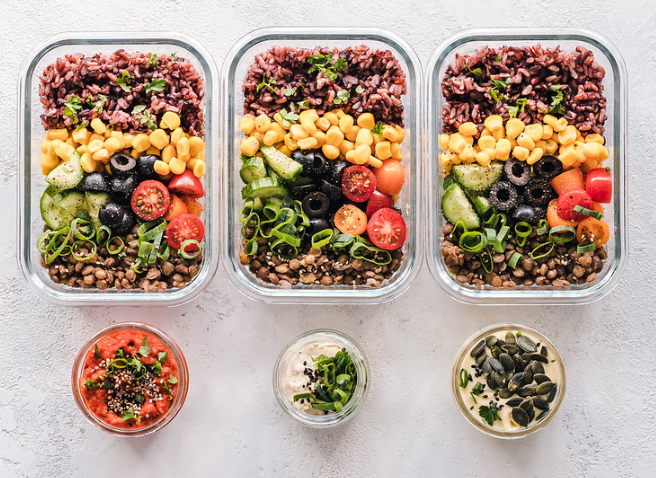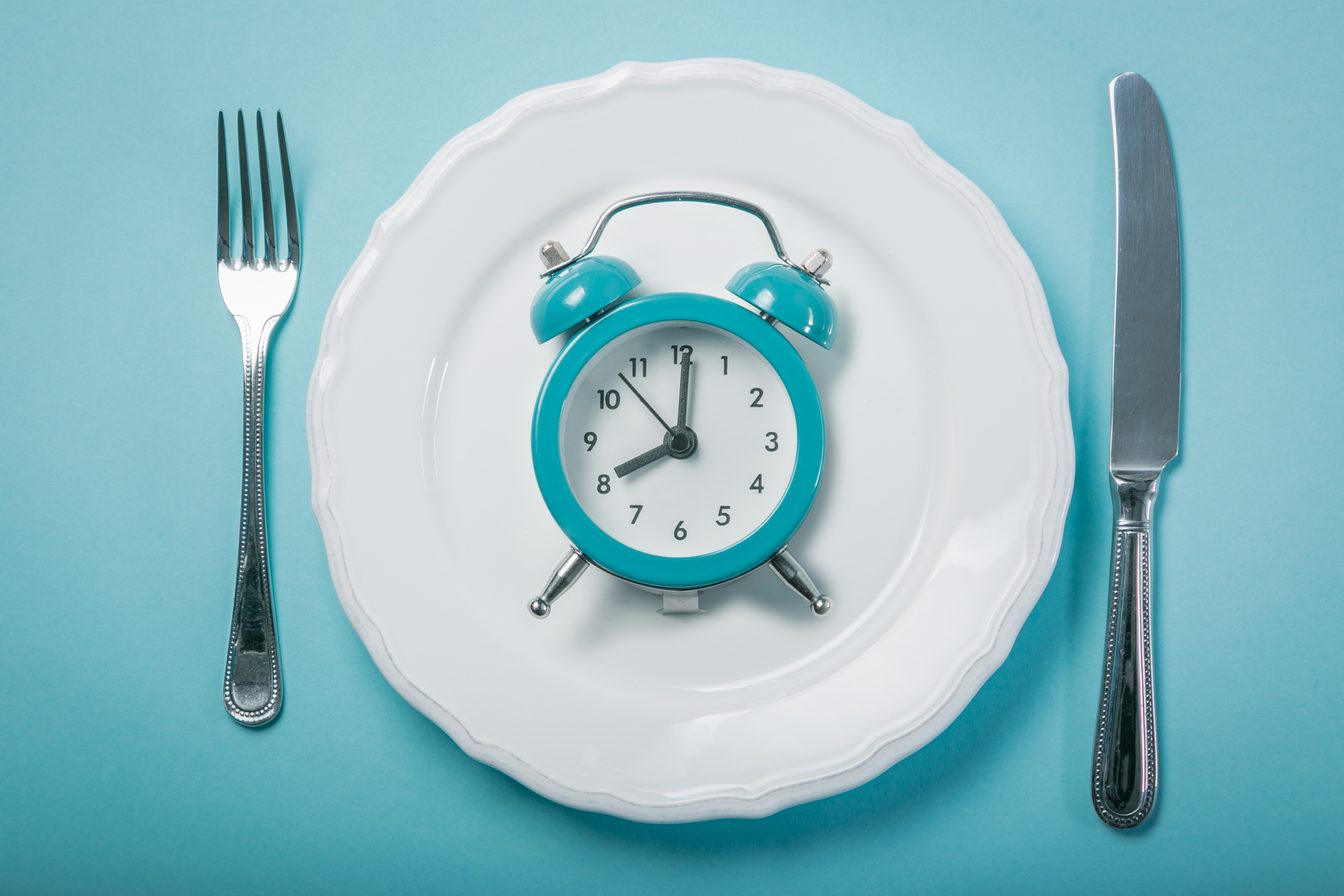BRING THESE 30 HEALTHY SNACKS ON YOUR NEXT ROAD TRIP

As tempting as it may be to grab that Snickers bar when you stop to fill up on gas for your road trip, you will definitely regret that decision.
Not only does a Snickers bar have absolutely no nutritional value to help your body get what it needs, it will actually put harmful chemicals in your body such as high fructose corn syrup.
By making sure that you pack good, healthy snacks for your road trip, you’ll find that you won’t be tempted to grab that Snickers bar because you know something better is waiting for you in your car.
Here are our top picks for healthy road trip snacks.
1. BEEF JERKY
This road trip snack is packed full of protein, which is one of the best ways to satisfy your hunger.
However, don’t opt for jerky from the gas station that comes loaded with preservatives, and whose sodium levels are off the charts.
Instead, pick up an organic, grass-fed one from your local natural foods store.
2. POPCORN
Popcorn is a great source of fiber and complex carbs that will help your body stay regular, and provide you with energy while on the road.
Make sure you’re not getting the microwave popcorn that is filled with chemicals. Instead, grab one from the natural foods store that has ingredients of just corn, salt, and oil.
Even better yet, pop some on the stove at home using olive oil or butter and just salt. That way, you know exactly what you’re getting.
3. HARD-BOILED EGGS
These little eggs are not only easy to prepare, they are easy to store, and easy to eat on the road. They’re fairly mess-free, and are packed full of protein that your body will need while on the road.
For some extra crunch and the perks of some quality complex carbs, add some whole wheat crackers to your egg snack for the perfect pick-me-up.
4. PROTEIN BARS
Be wise with your choice of protein bars.
There are countless protein bars out there that are full of nothing but sugar and crazy additives and preservatives that you’ve never heard of.
Instead, look for a protein bar full of natural ingredients that will give you the nutrients your body needs and wants, without the sugar crash.
5. STRING CHEESE
You’re never too old to eat string cheese, especially when you know the nutritional benefits it provides.
Pair your string cheese with apple slices, and you’ll have a snack that perfectly covers healthy fat, good protein, and complex carbs.
With this trio of nutrients, you won’t be hungry again for a while, and you’ll also feel your energy levels increase.
6. CARROTS
Though carrots do have fiber in them and other great nutritional value, one of the reasons we suggest this as a road trip snack is because oftentimes when on the road, you find yourself wanting to eat simply because you’re bored.
So, rather than fill that boredom with unhealthy snacks, munch on some carrots that will take you a while to eat, and will keep you busy without making a mess.
7. GRAPES
Similar to carrots, grapes are a great option for when you’re bored and want to eat something on the road.
Healthy, clean, and easy to eat, grapes will help stave off the boredom. Just don’t go overboard with the grapes — they do have a lot of sugar in them.
8. HUMMUS AND CELERY
Hummus is another great protein-packed snack that will help keep your belly full and happy.
In addition, hummus is full of B vitamins.
And celery is the perfect dipping stick. Low in calories, but high in water content, your body will love this hummus-celery combo.
9. GREEK YOGURT
Protein all the way with Greek yogurt. This little snack is full of it, and will help keep you full until your next meal.
Top your Greek yogurt with some nuts or fruit for some added fiber and energy.
10. PB SANDWICH (SKIP THE J)
Though we love jelly, it usually doesn’t offer up anything but loads of added sugar.
Instead, grab for quality peanut butter (be sure to check your ingredients and say “no” to peanut butter with sugar added to it) for a healthy dose of protein and fat.
Slather that peanut butter on some whole wheat bread, and you’ve covered your complex carbs, your protein, and your fat.
If you’re feeling extra hungry, grab a banana, slice it up, and throw it in between the bread and have yourself a PB&B.
11. PISTACHIOS
The protein from these nuts is plant-based, and they’re also packed full of unsaturated fats and fiber.
Not to mention, they’re much lower in terms of calories than other nuts. Pistachios weigh in at just 4 calories per nut, while Brazil nuts are 33 calories each.
12. WALNUTS
Pistachios aren’t the only great nuts on the block — walnuts are great for their own reasons.
They have the highest amount of plant-based omega-3 fatty acids when compared with all other nuts, which will help you feel full for a longer amount of time.
13. BAKED CHICKPEAS
These snacks are easy to make at home, and will give you great fiber without having to stuff yourself full of a bag of chips.
Simply drain and dry your chickpeas, then toss them with olive oil. Season with salt and other spices of your choosing and bake for 30-40 minutes at 450F.







